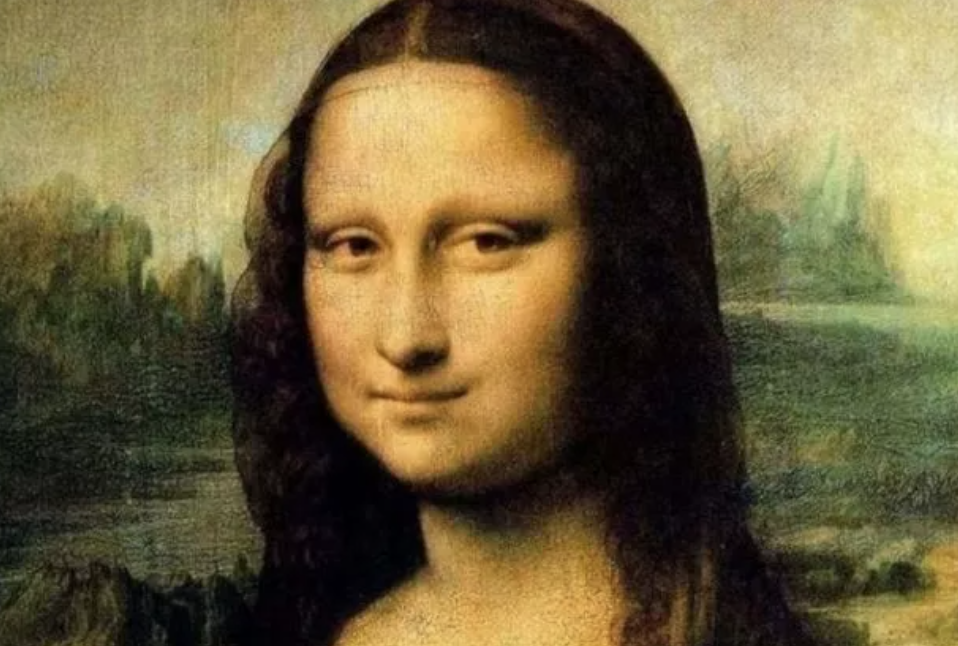
A document found in the State Archives of Florence has confirmed and revealed the identity of the mother of Leonardo da Vinci (April 15, 1452 – May 2, 1519). Discovered by Carlos Vecce, Caterina, or Chaterina, was a slave freed by an act of liberation on November 2, 1452, signed by notary Piero da Vinci – Leonardo’s father. Da Vinci was born out of wedlock, and both his parents later married others.
Vecce, the author of “Caterina’s Smile,” a book about Renaissance genius Leonardo da Vinci’s mother, made the discovery of the connection after studying through documents that were released a few years ago.
“I started studying them to prove that this slave Caterina was not Leonardo’s mother, but in the end all the evidence went in the opposite direction, especially this liberation document,” said Vecce, a professor at the University of Naples and a Renaissance expert.
Leonardo’s mother, Caterina, originated from Circassia and arrived in Florence after being sold as a slave several times. According to the document from the State Archives of Florence, she was the daughter of Prince Yakob, who ruled one of the kingdoms in the northern Caucasus mountain range. Born a princess, Caterina was later kidnapped, presumably by the Tartars.
Where the princess was taken is hypothesized by Vecce, but it is assumed that she was put into chains, taken from the Caucasus to Azov at the mouth of the Don River, and shipped across the Black Sea to Constantinople in 1439. While in Constantinople, she encountered Venetian merchants who took control of her and took her to back to their city.
Three years after being transported across the Black Sea to Constantinople and subsequently Venice, in 1442 Caterina wound up in Florence at the age of 15, thanks to a Florentine adventurer named Donato. While working in the house of Geneva as a servant and a wet nurse after her arrival in Florence, she met the soon-to-be father of her son, Piero da Vinci.
The man who set Caterina free “is the same person who loved her when she was still a slave and from whom she had Leonardo,” said Vecce.
On April 15, 1452, Leonardo da Vinci was born in the small town of Anchiano, which is situated in the municipality of Vinci. Piero signed the liberation document for Caterina on Nov. 2, 1452, allowing her to release herself from the chains bounding her to slavery, and was made a free woman.
While Vecce isn’t sure of exactly what occurred in the gray areas of time between the documents he references, he does predict the timeline precisely based on the facts provided. The details confirmed are that Donato, who helped Caterina get to Florence, ended up leaving her money before he died in 1466 in order to build the family chapel. The notary who wrote his will, which is kept in the Archives of Florence is Piero da Vinci.
Leonardo painted his first of many masterpieces in the church, titled Annunciation. Caterina can be seen throughout the work in different ways, as she was a great influence on him and in his life. (Parker Hurley)








